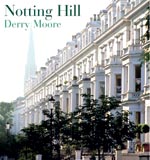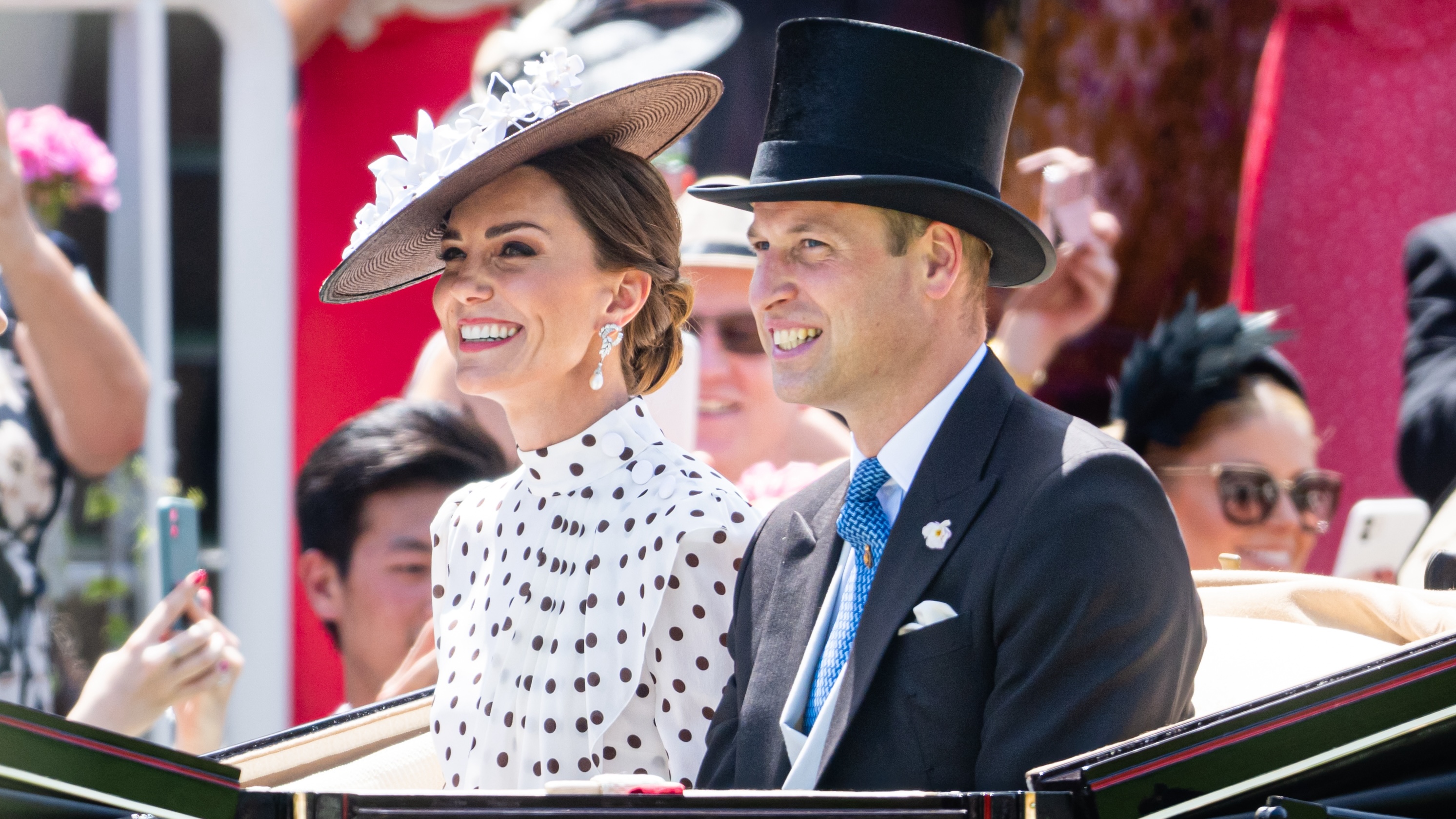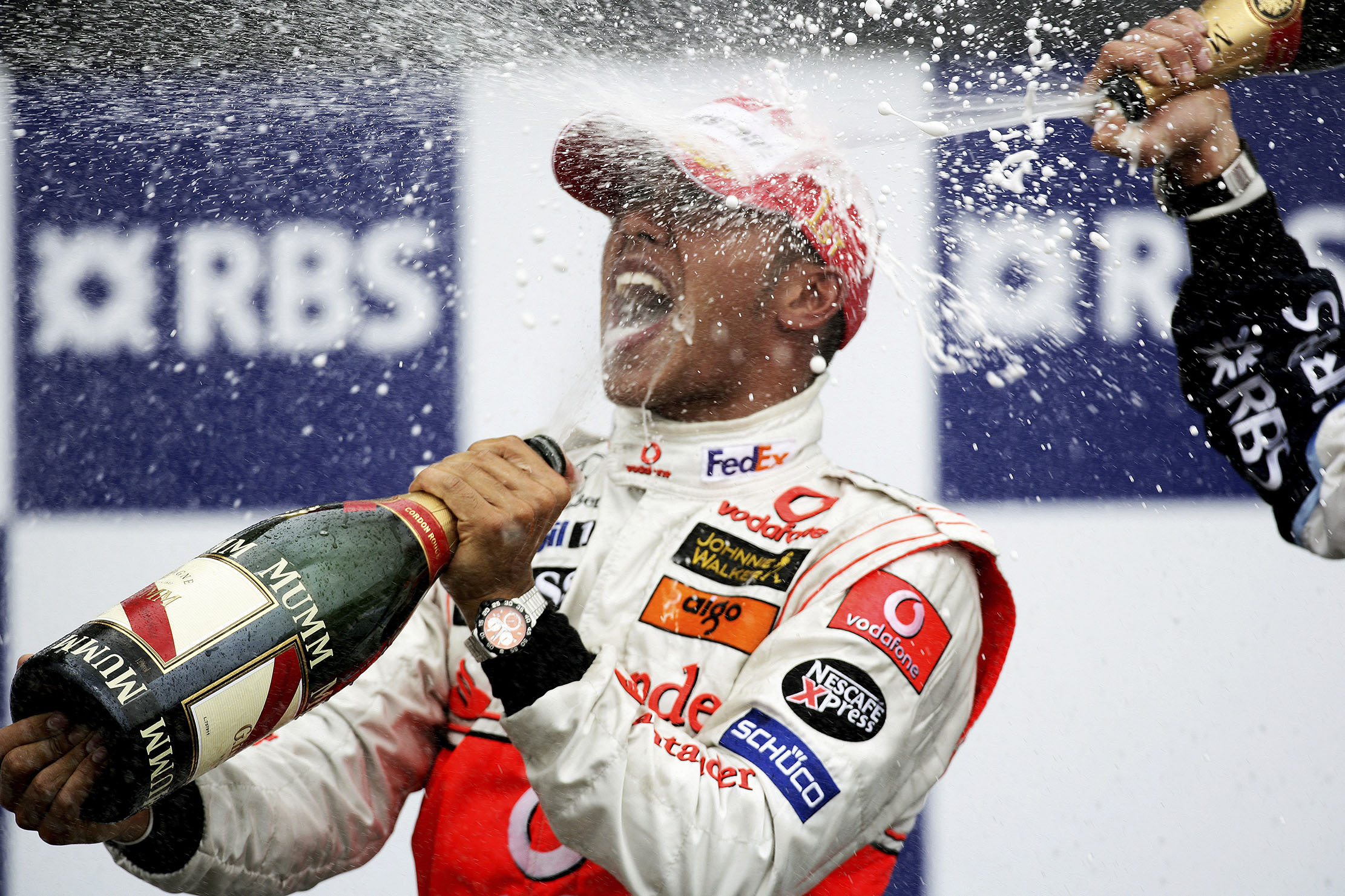Review: Notting Hill
A sumptuous, magisterial book in which the photographer Derry Moore tours around Notting Hill’s leafy squares


Notting Hill
Derry Moore
(Frances Lincoln, £14.99)
Is Notting Hill the new Tory heartland? Or merely a stage set for the world s most famous carnival? Is it a chic new hang-out for Britain s richest citizens or the same old Bohemian reservation it was in the 1950s? In this sumptuous, magisterial book, Derry Moore wisely avoids these questions, but captures the area s changing character better than any earnest social historian.
Although this internationally acclaimed photographer grew up in Notting Hill in Lansdowne Crescent, and for nearly 30 years he and his family have, in estate agents parlance, enjoyed the benefits of a lateral conversion in Ledbury Road he offers an outsider s view of the place. As often as not, he has snapped Notting Hill s leafy squares and majestic crescents in the long-shadowed early hours of the morning, with dew still adorning the communal gardens. By not probing behind the stupendous original iron-work, state-of-the-art security systems, Rottweilers and razor wire there are few domestic interiors in this book he has effortlessly perpetuated the mystery of it all.
The author s highly evocative photographs catch not only the light-reflecting newly repaired stucco, but also the adrenalin in the air and the aura of past calamities. Notting Hill is an architectural marvel far more ambitious in its conception than any other area of London, save Regent s Park. But it s also a dream that has only recently, after decades of mutilation or abandonment, come true. How proud and relieved those early developers such as poor James Ladbroke would be to see these bold, beautiful, almost theatrical images of their ancient streets and houses all spick and span again, swathed in mist and magic and occupied by the affluent types for which they were intended. Those who can no longer afford to live in Notting Hill can buy this modestly priced book instead.
andrew barrow.
Sign up for the Country Life Newsletter
Exquisite houses, the beauty of Nature, and how to get the most from your life, straight to your inbox.
Country Life is unlike any other magazine: the only glossy weekly on the newsstand and the only magazine that has been guest-edited by HRH The King not once, but twice. It is a celebration of modern rural life and all its diverse joys and pleasures — that was first published in Queen Victoria's Diamond Jubilee year. Our eclectic mixture of witty and informative content — from the most up-to-date property news and commentary and a coveted glimpse inside some of the UK's best houses and gardens, to gardening, the arts and interior design, written by experts in their field — still cannot be found in print or online, anywhere else.
-
 'The watch is Head Boy of men’s accessorising': Ginnie Chadwyck-Healey and Tom Chamberlin's Summer Season style secrets
'The watch is Head Boy of men’s accessorising': Ginnie Chadwyck-Healey and Tom Chamberlin's Summer Season style secretsWhen it comes to dressing for the Season, accessories will transform an outfit. Ginnie Chadwyck-Healey and Tom Chamberlin, both stylish summer-party veterans, offer some sage advice.
-
 Lewis Hamilton, Claude Monet and the Four Horsemen of the Apocalypse: Country Life Quiz of the Day, April 29, 2025
Lewis Hamilton, Claude Monet and the Four Horsemen of the Apocalypse: Country Life Quiz of the Day, April 29, 2025Tuesday's Quiz of the Day looks back at Lewis Hamilton's first win and ponders on the meaning of greige.